Sustainable Future
永續未來
Purifying and Reusing Waste Solvent to Increase Resource Cycling Efficiency
— Aerial Lin, Department General Manager, Recycling Business Department, ECOVE Waste Management Corporation
The circular economy is a global economic and political trend. As “today’s products are tomorrow’s resources,” CTCI has long been faced up to this new kind of economic model and transformation, while also expecting it to be an opportunity for demonstrating our technical capabilities . The three major business areas under the Group Resource Cycling Business (GRCB), including energy from waste (EfW), solar power, and recycling, are part of the scope of the circular economy. In the area of recycling, GRCB has provided waste solvent recycling services since 2018, thereby extending the life cycle of industrial waste solvents, conservating energy, reducing waste reduction and promoting the resource cycling efficiency, thus making concrete contributions to environmental sustainability.
Changing Processing Mode as Every Resource Counts
In recent years, Taiwan’s most important and internationally competitive export industries are electronics, electronic components, computers, electronic products, and optical products manufacturing, where the electronic component manufacturing industry accounts for approximately 30 percent of Taiwan’s GDP. However, behind such a high output value also lies the production of large amounts of liquid waste. Most chemicals (e.g., photoresist, developer, and etchant) and solvents (e.g., acetone and isopropanol) used in the relevant processes do not appear on these products but become waste after used, thereby resulting in environmental load and impact. To improve resource recycling rate and sustainable living environment, CTCI established ECOVE Solvent Recycling Corp. in 2018 to offer waste solvent purification and reuse services, so as to help return waste liquids to the market supply chain as industrial raw materials, thereby reducing losses of petrochemical raw materials and earth resources. CTCI carefully assesses the effectiveness of each technology in resource recycling and reuse based on its experience and technologies in addressing environmental issues. Through the application of advanced technology integration and pollution prevention technologies, CTCI selects high energy efficiency equipment for the plant of ECOVE Solvent Recycling Corp., incorporates intelligent management system, and conducts statistical analysis on various data to adjust operating parameters, while adopting two techniques, including “separation by distillation” and “extractive distillation” to enhance the purity of agent solutions after concentration.
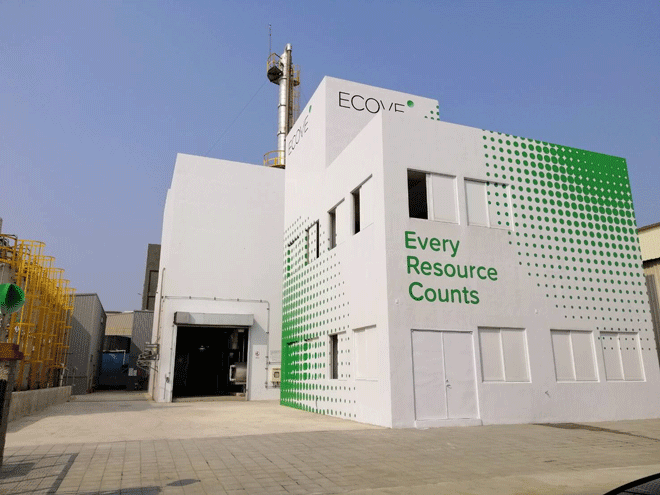
External appearance of ECOVE Solvent Recycling Corp.
Adhere to “Applying Technical Knowhow to Advance Efficiencies in ‘Resource Cycling’”
Some industrial waste solvents contain only a small amount of impurities after used; therefore, it is a pity to throw them away. CTCI recycles and reuses these waste solvents by purification technology, which can not only reduce the costs of purchasing raw materials and processing wastes but also achieve the goal of resource cycling. To further increase the concentration of solvents, CTCI assesses and analyzes the principles, advantages, and disadvantages of vacuum distillation, azeotropic distillation, and extractive distillation for breaking azeotropes. Taking into consideration of environmental friendly technologies with the most optimal performance, in combination with experience in waste processing, CTCI concentrates low-concentration waste isopropanol into 85% industrial-grade isopropanol by means of separation by distillation at the front end, where the finished product can be reused as industrial-grade solvent for various purposes, including cleaning and decontamination, preparing chemical raw materials, as well as diluting and mixing paint. At the same time, 85% industrial-grade isopropanol can be further processed by means of extractive distillation for azeotrope breaking, depending on market demand, in which water is separated from this isopropanol by an extractant with a high boiling point through a high-energy efficiency extractive distillation equipment to concentrate this isopropanol to 99.5% industrial-grade isopropanol.See below for the principles and advantages of separation by distillation and extractive distillation, and the processes of these technologies.
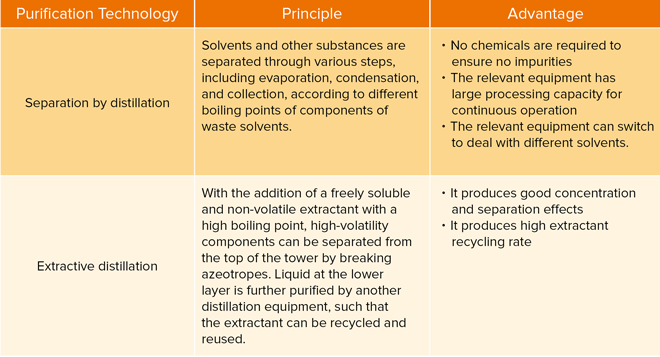
Principles and advantages of advanced technology integration using separation by distillation and extractive distillation
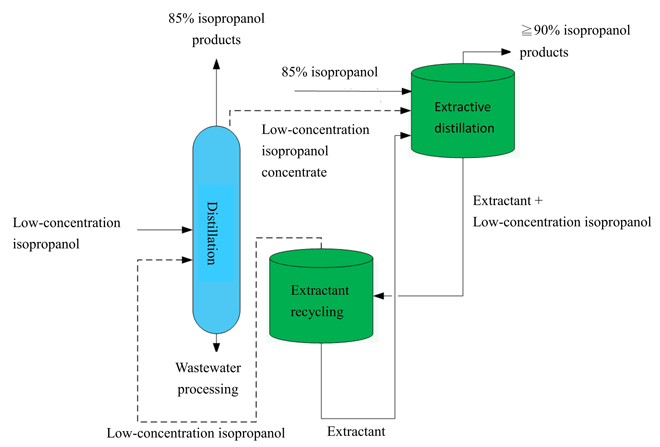
Separation by distillation and extractive distillation process
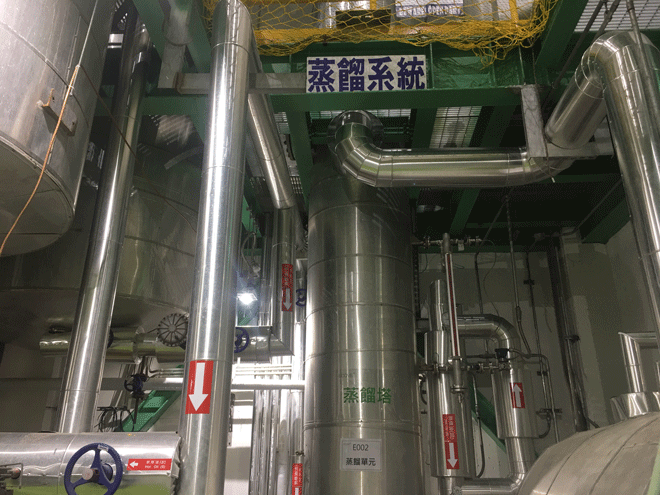
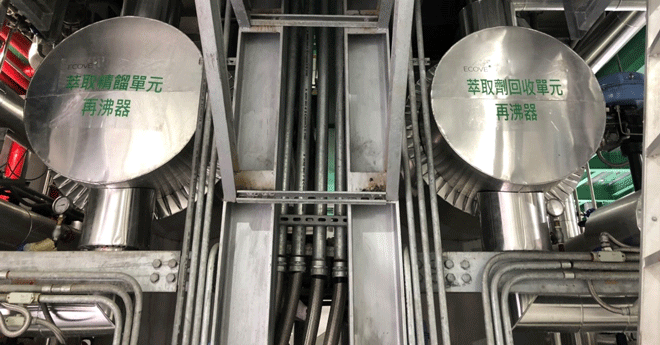
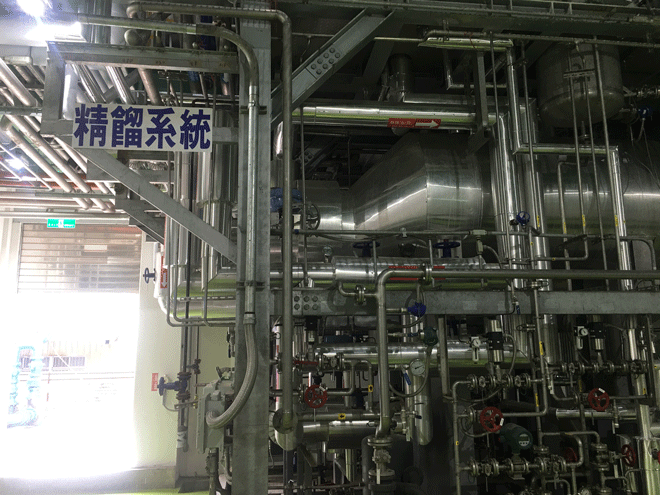
Creating Resource Cycling to Implement Corporate Social Responsibility
By investing in the waste solvent recycling and reuse business, CTCI expects to recycle approximately 6,700 tons of waste solvent every year in the future and concentrates them into industrial-grade raw materials and returned to the market supply chain. Not only will this greatly reduce losses of earth resources, but will also reduce emissions of carbon dioxide by approximately 4,900 metric tons every year. This kind of cycling mode highlights the effort of CTCI in enhancing economic, environmental and social benefits through its core businesses to maximize resource recycling rates, which is in line with the purpose and development model of the circular economy. In the future, CTCI will continue to work on the principle that every resource counts and provide the most professional resource cycling services based on its professional knowledge and experience in waste resource management, thereby becoming the most reliable provider of industry-leading “resource cycling” services.
